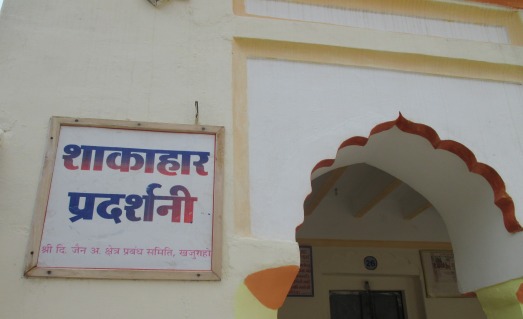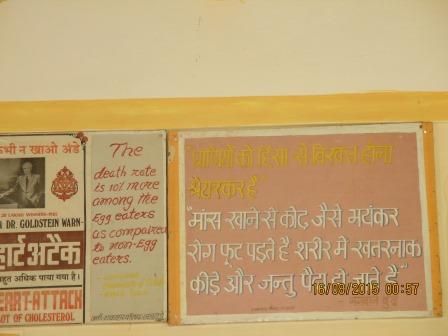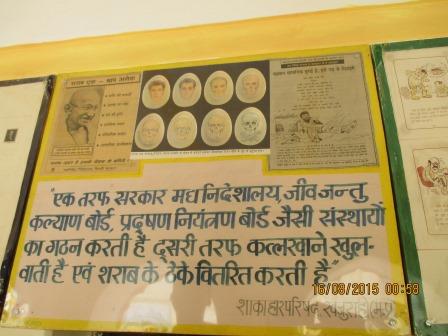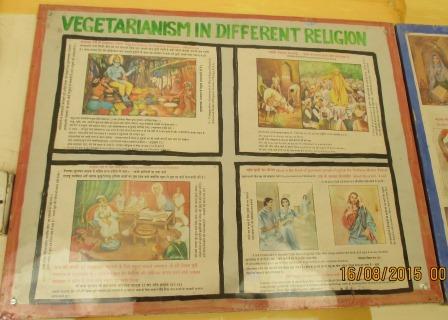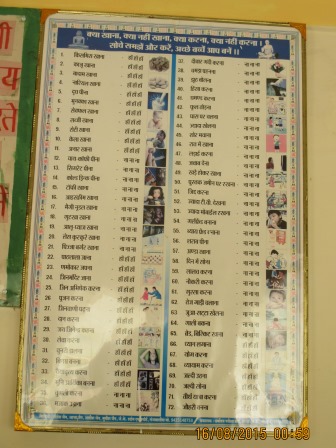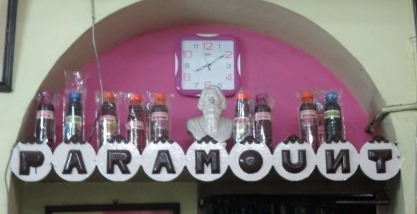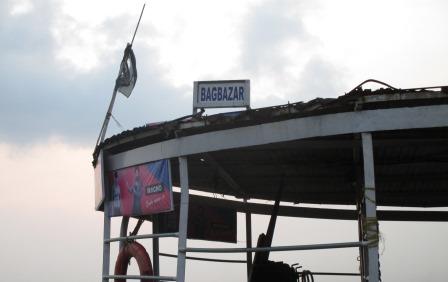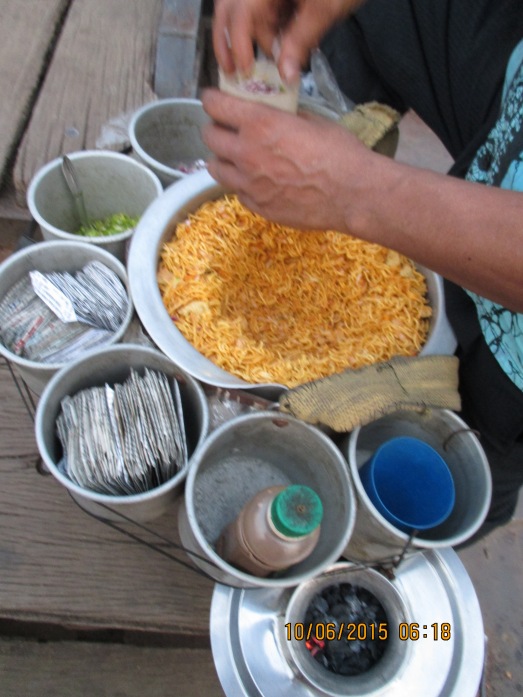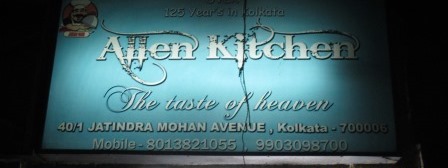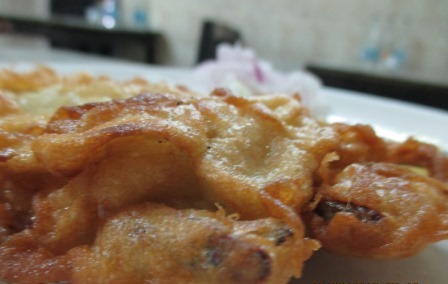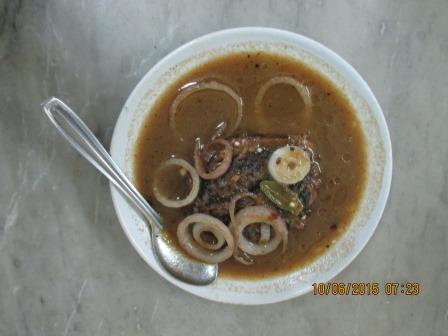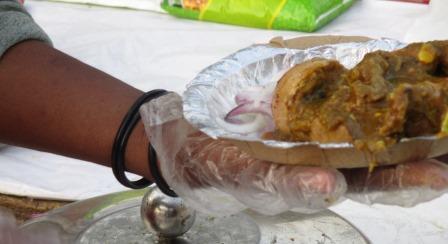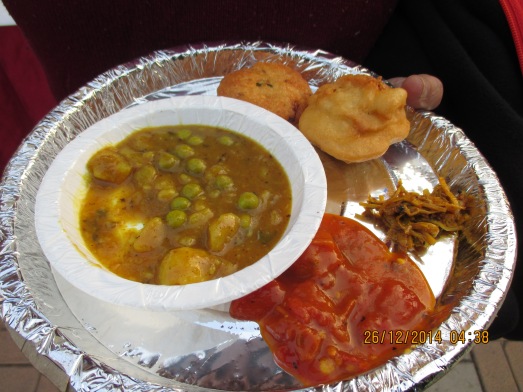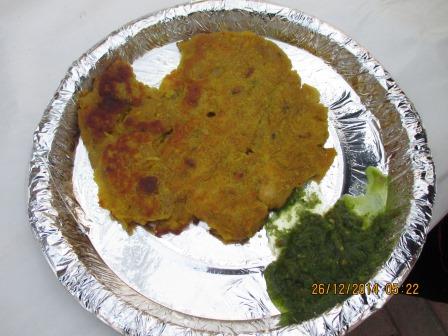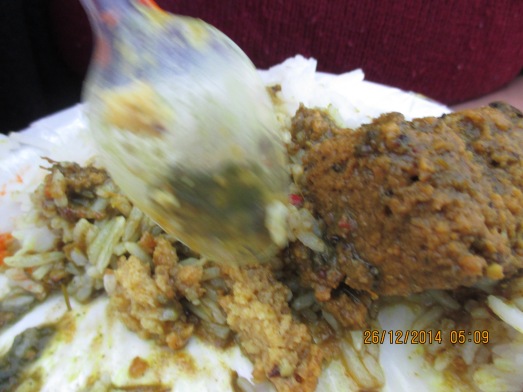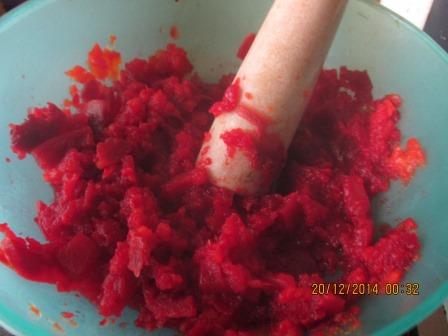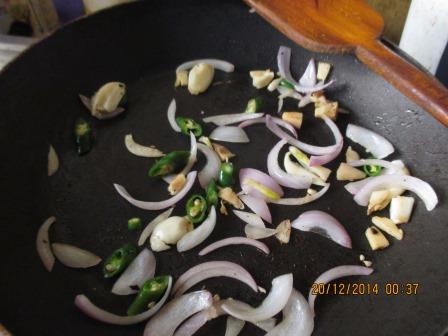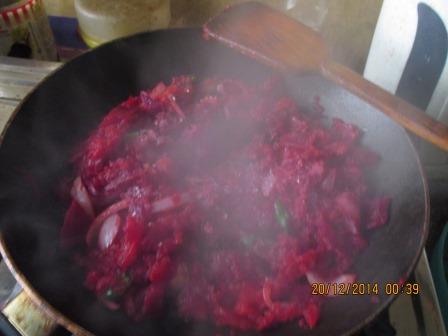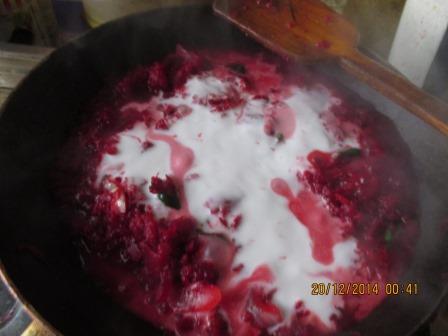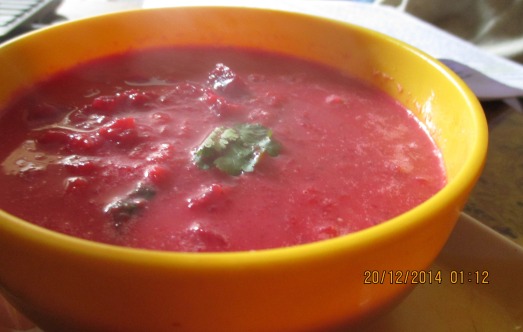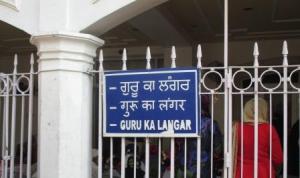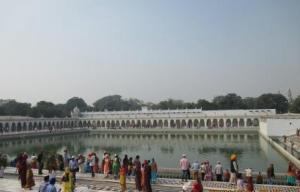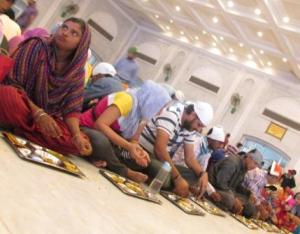In one of the brilliant sessions I attended in the university, the speaker recounted the omlettes and puri alu that used to be sold in Itarsi Railway Station. Indian Railways is synonymous with cutlets, omlettes, Railway mutton curry and tomato soup with croutons. The list is endless. Here one needs to categorise the foods available in local trains and the food in long distance express trains. Travelling by Indian railways meant not only changing landscape but changing foodscape. No South bound train will be complete with vendors selling vada, idli and other items. Friends in hostel shared several interesting anecdotes of missing train while they packed several packets of Vijaywada biryani. Similarly as Poorva express rolled into Mughal Sarai Junction vendors called out for puri alu and Rampyari ki chai. Indian railways was sympathetic to the dietary concerns and no fish lover irrespective of their political affiliation will forget the introduction of Fish Fry in the menu of Sealdah- Delhi Duronto Express. Junction stations had canteens where people could rest their backs and have a leisurely meal. The ‘canteens’ were once meant for passengers travelling in third class.
The connection between food and Indian railways is beyond canteens, refreshment rooms at stations and even pantry cars. Family vacations meant food being cooked and stocked in steel tiffin carriers with partially disposable cutlery. The whiff of the tiffin carrier would tell you about their whereabouts. What I miss in train journeys though is sitting against the window gazing outside and holding onto my cup of tea – a shot that I want to live through like Nayak. After I watched Nayak, I started to fantasize myself in the shoes of Sharmila Tagore’s character. I even made myself a thick pair of glasses. If you remember the scenes, you will find flower vases and tables laid out and the intense conversation between Sharmila and Uttam Kumar, as the hero (nayak) holds his cigarette in his signature style. Every time I watched this film I visualized what it would be to enjoy a meal in this set up. This fantasy was put to rest with time as the history books and archives reminded us that the setting of the fanstasy was accessible to the passengers who could travel in the first class compartment. Robert Maitland Brereton was assigned the herculean task of connecting 6400 kms and you will be surprised that in 1870, the Eastern Indian Railway train connecting Allahabad and Jabalpur apparently had a luxurious restaurant car with butlers, chefs and ala carte menu. In 1903 express trains and mail trains had dining cars. Madhulika Dash in her fascinating article points to four kinds of refreshment rooms available in stations – European, Muslim, Vegetarian Hindu and Vegetarian Hindu. One of the dishes from this golden era that has made its entry into the menu of fine dining restaurants is Railway mutton curry served in first class compartments. What is interesting is that these meals were cooked in the trains.
Later we have pantry cars. Railway food reflects the colonial past in the cutlets, omlettes that are sold along with an idea of continental menu. What has always puzzled me is the combination of chowmein and fried chicken along with bread and macaroni in a creamy white sauce. Yet, if you were hungry and wanted a quick meal you could walk up to the pantry and it would come to your rescue. I still remember parents of young children walking around with baby food to be heated or cooked from the scratch. Despite the runny dal, and glistening brown egg curry you knew you did not have to worry. In the recent times, pantry cars are being withdrawn. Usually you will find boys from some designated stations calling out khana khana Comesum, Comesum… If you are a smart traveler you can also order subway sandwiches, thali and other delicacies.
Though the connection between food and travel remains, our choices and preferences have shifted with the aid of technology and it remains to be seen how railway food evolves amidst multicuisine food available in every railway stations or through applications. Canteens remain a ubiquitous feature of Indian railways and time will tell how these canteens survive the test of time.
1 http://indianexpress.com/article/lifestyle/food-wine/from-railway-mutton-curry-to-bedmi-aloo-when-railway-food-was-an-affair-to-remember/; Accessed on 24 October 2016
©itiriti

